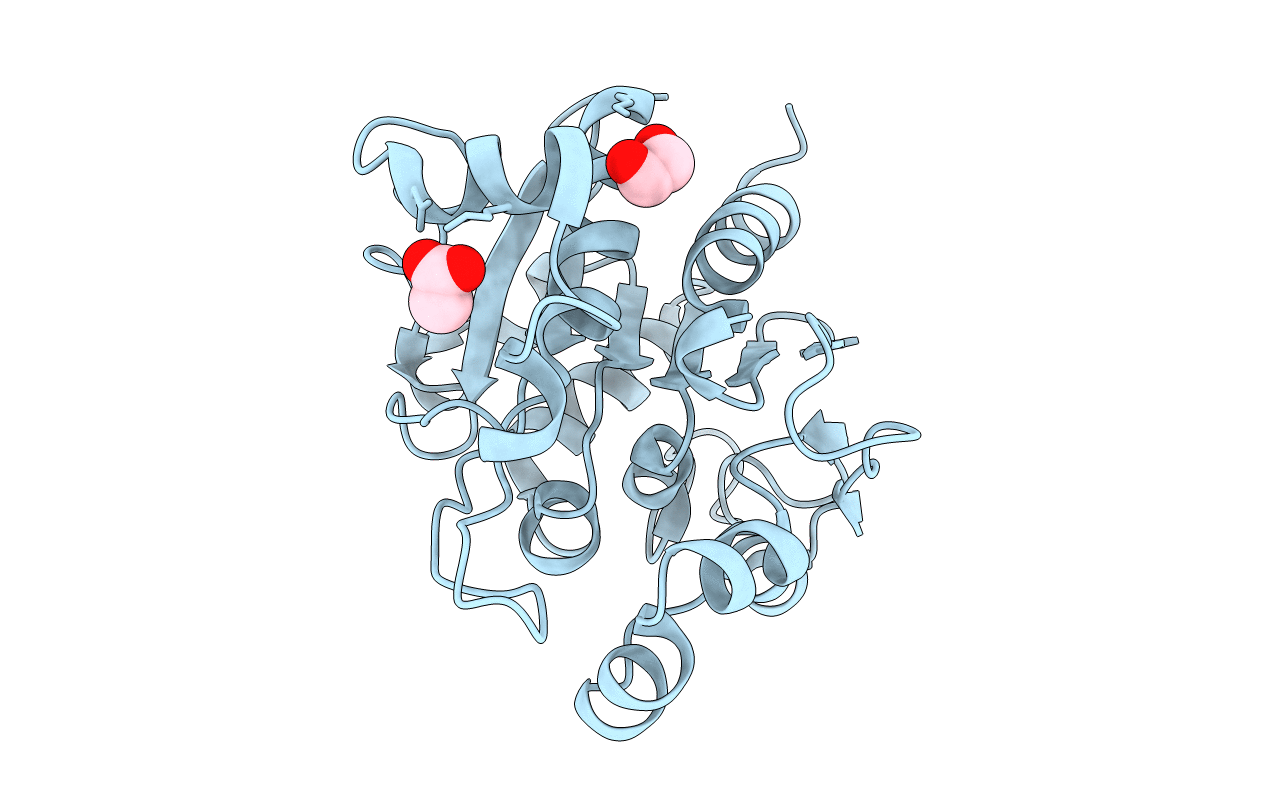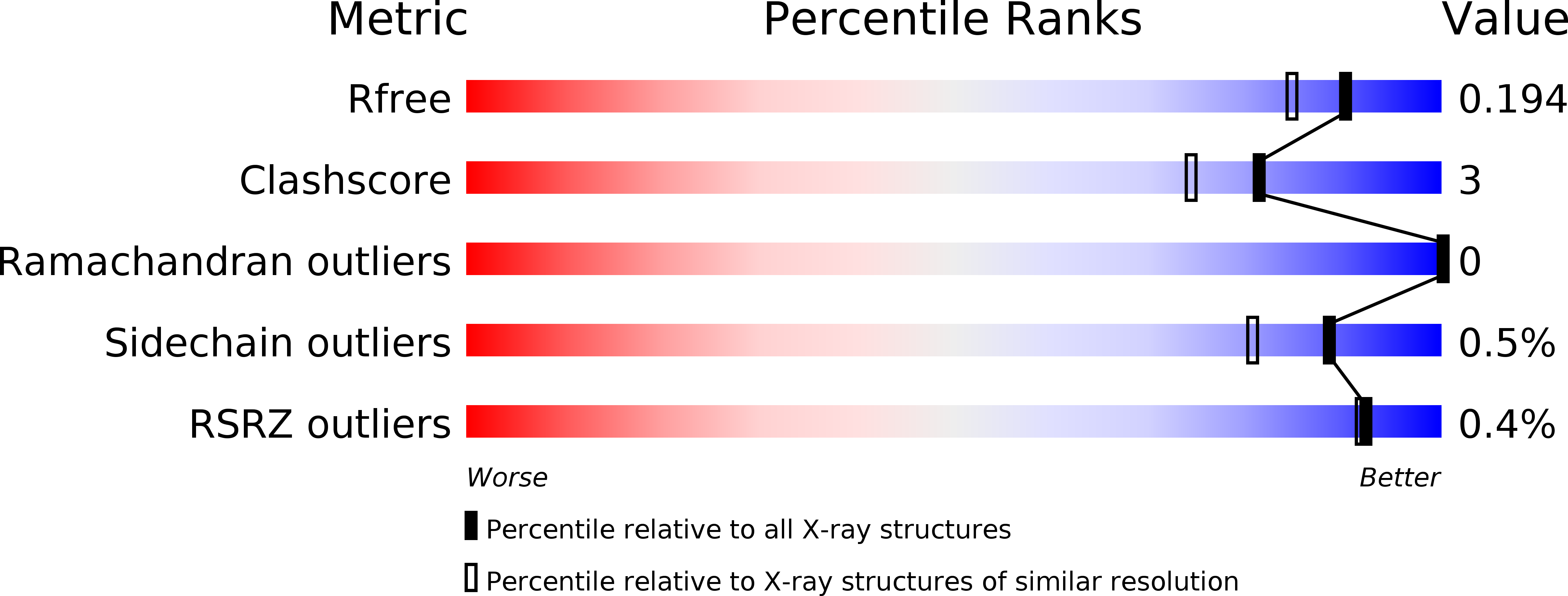
Deposition Date
2013-07-20
Release Date
2013-08-07
Last Version Date
2023-09-20
Entry Detail
PDB ID:
4LRU
Keywords:
Title:
Crystal structure of glyoxalase III (Orf 19.251) from Candida albicans
Biological Source:
Source Organism:
Candida albicans (Taxon ID: 237561)
Host Organism:
Method Details:
Experimental Method:
Resolution:
1.60 Å
R-Value Free:
0.18
R-Value Work:
0.15
R-Value Observed:
0.15
Space Group:
P 42 21 2


